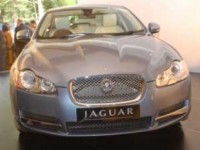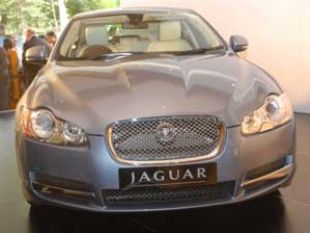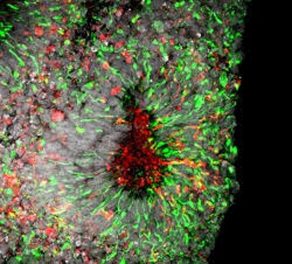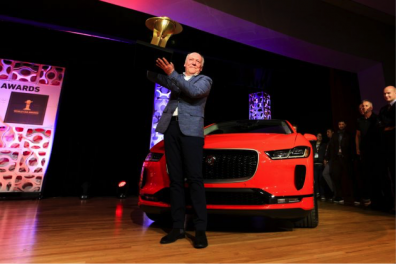 SOLIHULL, England – Jaguar Land Rover has roared to health in the four years since it was bought by Tata Motorsbut now comes the hard part for the luxury British automaker: proving it can build new models without former owner Ford.
SOLIHULL, England – Jaguar Land Rover has roared to health in the four years since it was bought by Tata Motorsbut now comes the hard part for the luxury British automaker: proving it can build new models without former owner Ford.
Since Tata took a $2.3 billion gamble to buy JLR from Ford at the height of the financial crisis, it has discovered a formula for success, surprising skeptics by winning new customers in Asia.
The firm, with sleek saloons favored by British Prime Ministers and luxury SUVs born of desert and jungle combat, now has factories working around the clock in England, bucking the trend of hard times for European auto-makers.
JLR said on Monday it had sold 357,773 vehicles in 2012, about 30 per cent up on a year earlier, and would create 800 jobs at its Solihull plant in central England to keep up with demand.
British-based managers credit their new Indian owners with providing the capital needed for JLR to expand – especially in China – while avoiding the sort of overseas micro-management that they say stifled the company under Ford.
Tata’s funding allowed JLR to launch products from a fully-loaded development pipeline inherited from Ford.
But whether it can continue that success – and unlock its future potential – depends on learning how to update its portfolio on its own, including achieving ambitions to develop in-house engine and transmission technology by 2015.
JLR has yet to release a model designed under Tata’s ownership. It still buys many of its engines from Ford.
That is set to change. JLR now aims to invest 1.5 billion pounds ($2.4 billion) a year until 2017 in new products and in expanding its engine range, says its chief executive, Ralf Speth. It plans to unveil eight new vehicles in 2013, including a convertible sports car and a new hybrid Range Rover.
A new plant near Wolverhampton in England’s midlands, built at a cost of 355 million pounds, will design, engineer and manufacture its new family of engines, creating 750 engineering and manufacturing jobs.
It will make low-emission, 4-cylinder petrol and diesel engines – a sharp contrast from the giant 2.2 litre powerhouse that gives the Jaguar XF luxury saloon its growl.
The new models are needed, industry analysts say. Despite the success of cars like the XF and the Range Rover Evoque small SUV, a Goldman Sachs report says JLR’s product line “is currently inadequate, and suffers from significant gaps”.
The report valued JLR at only 2.8 times its earnings before interest, tax, depreciation and amortisation, compared with 9.1 times EBITDA for German rival BMW.







